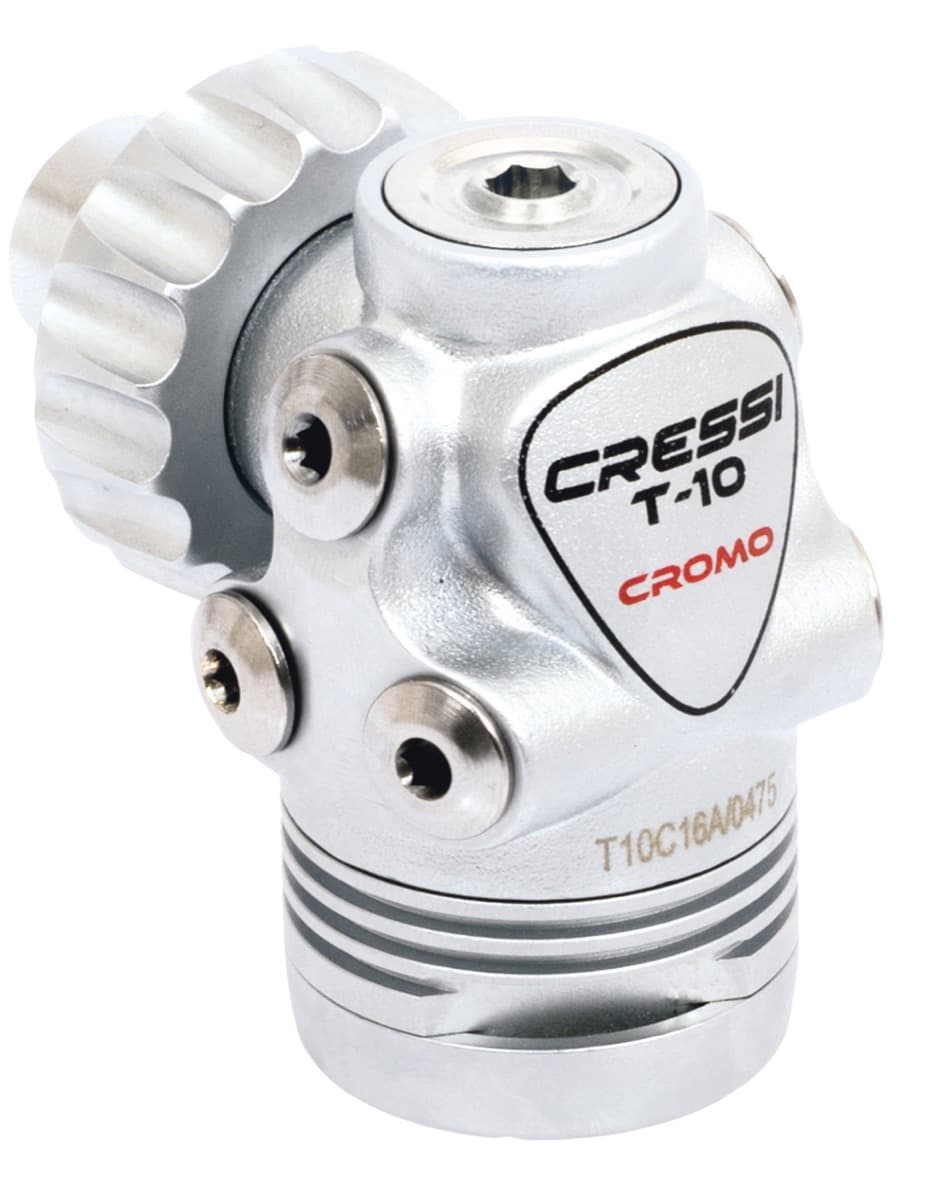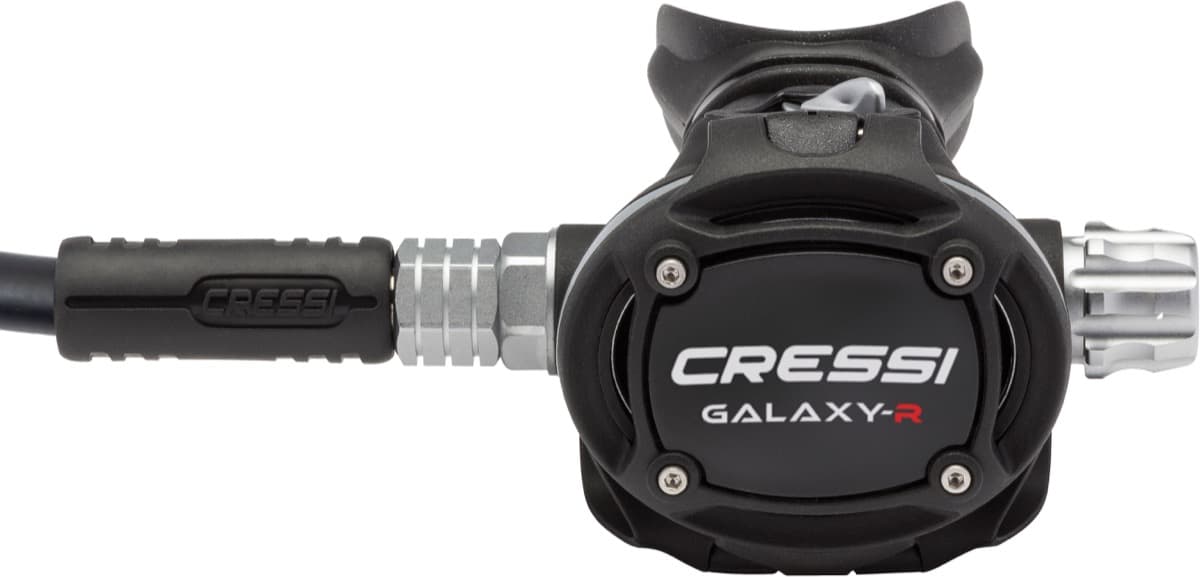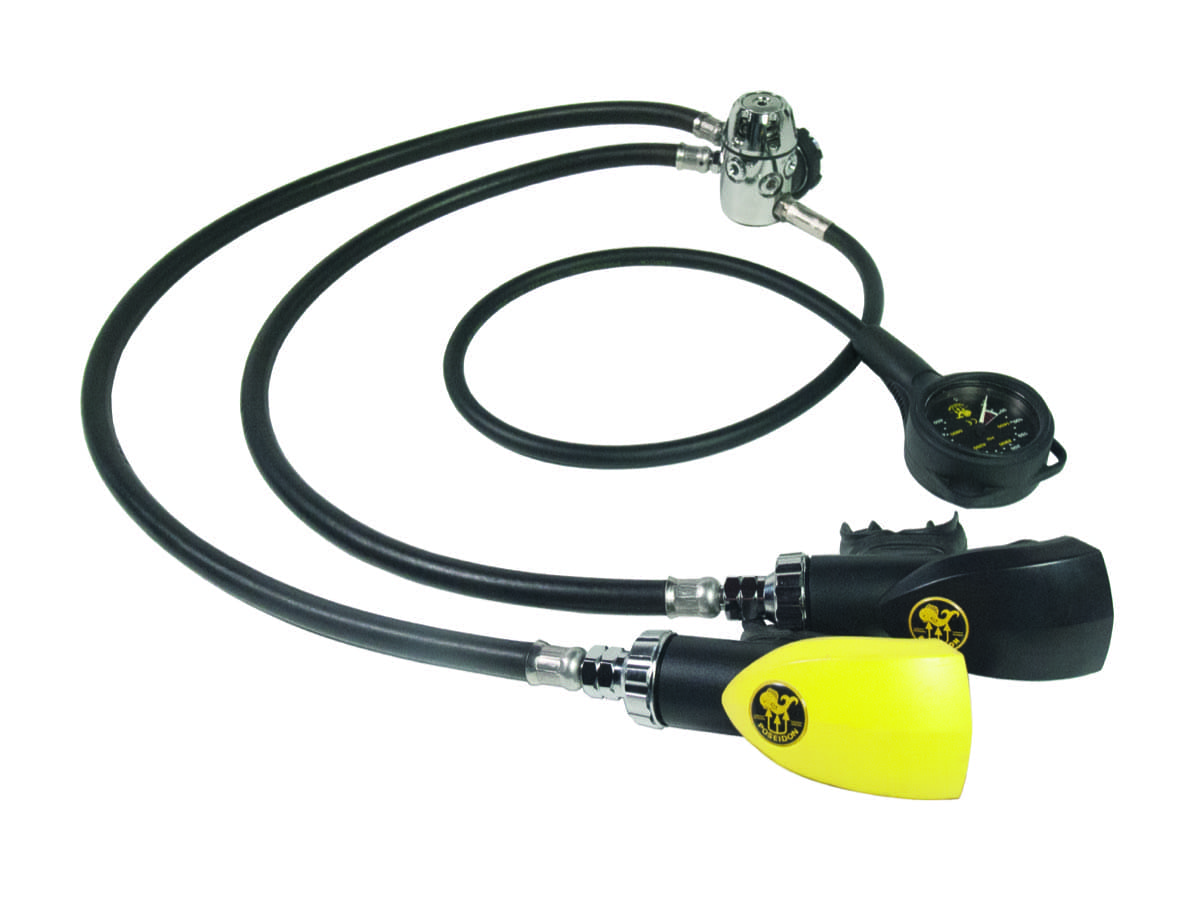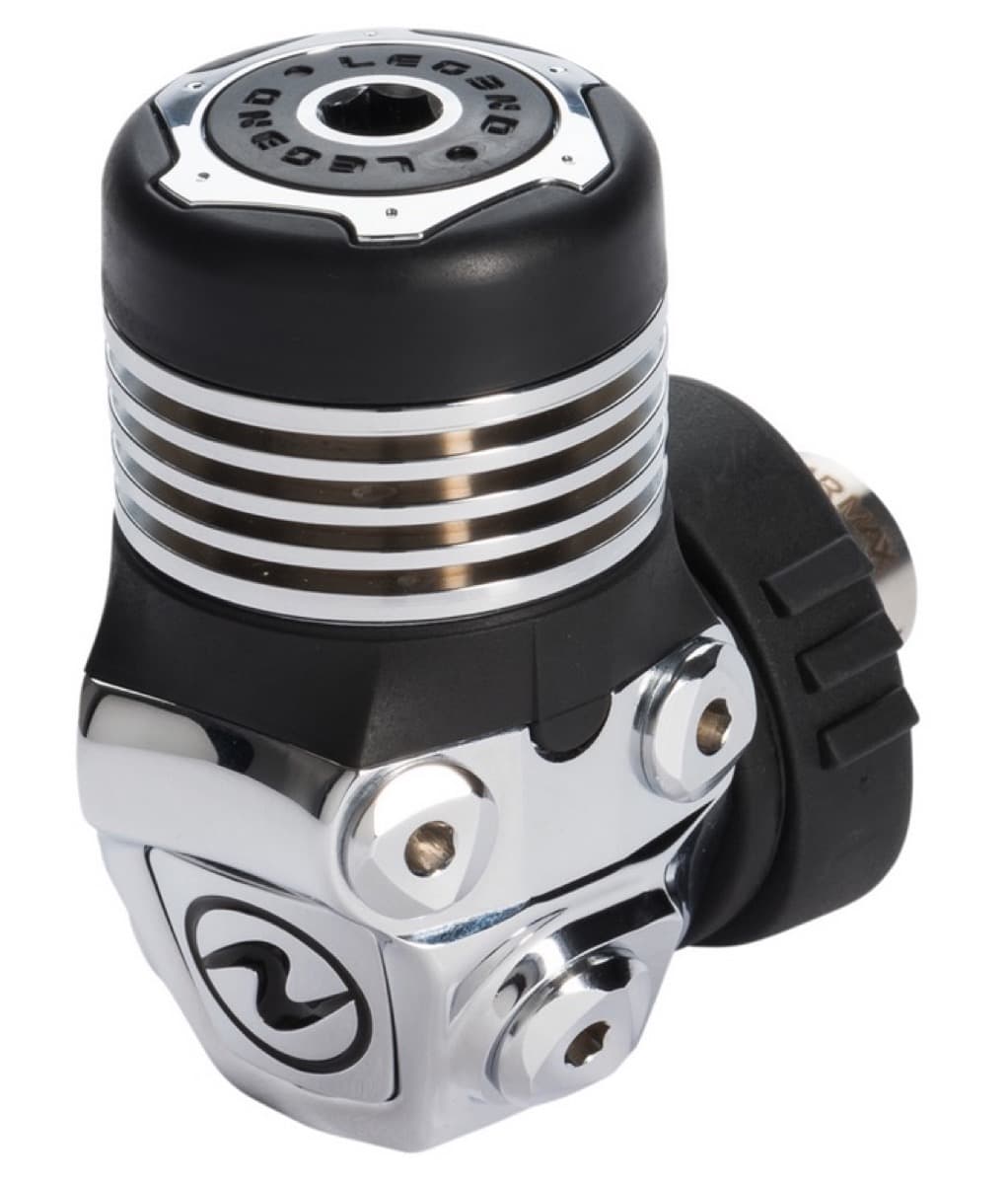Stellungnahme Cressi 
Luca Falco, Vertriebsleitung Cressi:
Zum Test:
Grundsätzlich sehen wir Tests von Atemreglern positiv, unabhängig vom Ergebnis. Als Grundvoraussetzung sehen wir allerdings auch die Feststellung von Daten VOR Testbeginn, also Überprüfung aller Testkandidaten hinsichtlich Ihrer Einhaltung ALLER Parameter der EN-Norm, überprüft auf der dafür vorgeschriebenen ANSTI-Prüfanlage. Dies war hier nicht der Fall, nur eine Überprüfung auf der AirScan-Prüfbank ist nicht aussagekräftig.
Zum Testpunkt „Herausnehmen des Atemreglers“ bei Einatmung:
Der Testpunkt mag sich wichtig anhören, in der Realität wird dieser Punkt nicht oder zu 99,95% niemals vorkommen. Dass eine zweite Stufe „verloren“ wird, noch dazu in der Einatemphase, ist extrem unwahrscheinlich und unrealistisch.
Zum Testergebnis bei oben genanntem Punkt:
Wir wissen daß der Venturi-Schalter an der getesteten zweiten Stufe seiner Funktion perfekt nachkommt, d.h. es gibt einen relativ starken Unterdruckeffekt auf Position “Plus“ und einen abgeminderten Unterdruckeffekt auf Position „Minus“. Insofern konnte diese zweite Stufe gar nichts anderes tun als abzublasen, zumal dies sehr stark abhängig ist von der Geschwindigkeit des Herausnehmens und der Position der Mundstücksöffnung beim Herausnehmen.
Wir haben bei diesen zweiten Stufen weltweit (!) keinerlei Reklamationen in Bezug auf Free-Flow, deshalb sind auch wir von diesem „Ergebnis“ etwas verwundert. Der Testregler wird nochmals auf der ANSTI-Bank überprüft.
Stellungnahme Poseidon zum X-Stream: 
Wir haben seinerzeit einen noch original verpackten Automaten aus dem Lager genommen, dieser wurde nicht montiert oder eingestellt oder sonst wie getunt. Wir wollten für den uns doch wichtigen Kaltwassertest ein absolut unverfälschtes Ergebnis haben. Schon aus Sicht unserer Kunden wollten wir hier nichts verfälschen. In der Regel wird der Automat über den Fachhandel bezogen und für den Kunden endmontiert und von geschultem Personal eingestellt.
Da der Automat in Tiefen von 0 Metern bis 200 Meter arbeitet, ergibt sich ein breites Band der Justierung. Hierbei kann personenbezogen der Widerstand von »super leicht« bis »streng« eingestellt werden. Der Automat kann quasi personalisiert werden, nach Kundenwunsch. Das haben wir aus oben genannten Gründen bei dem Test-Automaten nicht gemacht. Er wurde weder montiert noch auf einer Prüfbank eingestellt.
Über das »Tuten« können wir noch keine Aussage treffen, dafür müssen wir den Automaten untersuchen. Uns ist aber nicht bekannt das Kunden dieses »Tuten« bei uns gemeldet hätten. Somit gehe ich nicht davon aus, das der Xstream zu diesem Phänomen neigt, sondern es sich um einen Einzelfall handelt. Nichtsdestotrotz schauen wir uns diesen Automaten ganz genau an.
Stellungnahme Aqualung 
(die Stellungnahme ist nur auf englisch verfügbar)
von Manuel Cabrere, Produktmanager für Atemregler zum TAUCHEN Test (Ausgabe Nov. 2020)
Why do they remove regulators from mouth?
No manufacturer, no training agency encourage such a procedure, it is even the opposite!
As it is a human test, the speed of the removing from mouth, the speed of the rotation of the second stage, the time spent on each position will change on each tests. This will affect the way the water will get inside the second stage and the way the temperature of mechanism will decrease.
Is the second stage really horizontal during test?
Is the time during the free flowing is exactly the same on all tests and for all models?
When removing the second stage from mouth, was it during inhalation or exhalation? Here it seems it is completely aleatory.
Elapse time between the remove from the mouth and the start of the free flow seems not to be consistent.
We all know that flow rates of second stages are different depending the brands. The flow rate will directly impact the amount of cold created during a free flowing test. With 20 seconds tests a second stage with 1500l/min compare to a 3000l/min will resist more as it creates less cold in the same period of time (comparing “carrots with potatoes”).
From what I can remember from the video we can see some other regulators, it means depending the running order, the tested regulators will not exactly have the same internal temperature. This is will have a major impact on the freezing resistance of regulators.
The complete test is what it is, but compare to a norm (EN standards) what they done seems totally random. Run the test a second time and you will have completely different results…
What they have done is not what will happen during a normal dive, I do not understand their motivation and what they want to highlight, except as already said to create a wahoo effect with emotions, affect and chills.
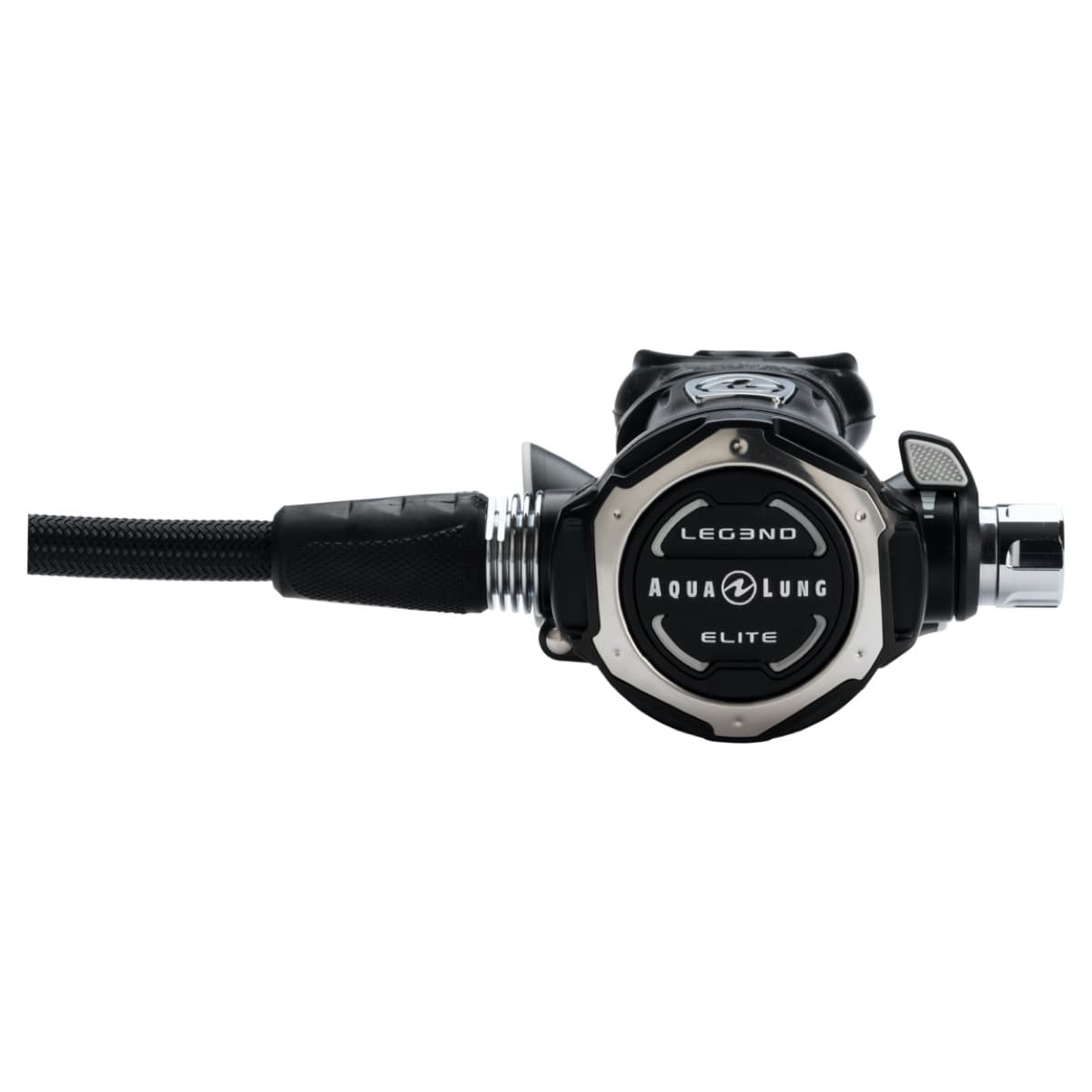
A very low work of breath is not only because of the venturi effect.
As they test Elite model is more because of the of the accuracy of the adjustment knob. The adjustment knob will reduce the cracking effort where the venturi vane will change the aspect of the injection curve.
…this venturi effect may have caused the problems in the second stage during the cold water test
Question the venturi effect on the problem they had is for me not fair and illustrates a poor knowledge on freezing resistance.
What will help the closure of the shuttle valve on our mechanism? : The value of the spring.
What can change the load of the spring? : The adjustment knob will do the job not the venturi vane.
With a strong load on the spring you will generate a ice breaker effect. The force of the spring will allow the breakage of the crystal of ice. The venturi effect will change nothing on that phenomena of ice breakage.
